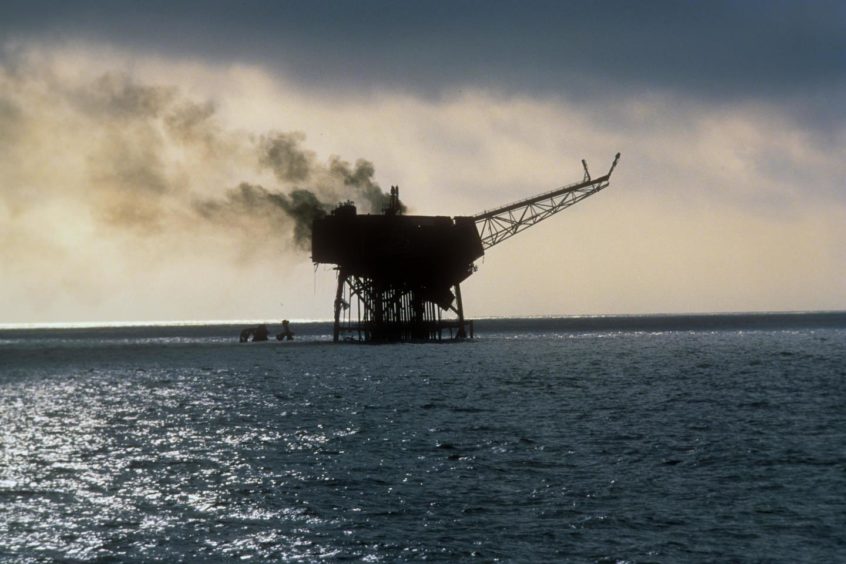
New research has shed light on the role of the Piper Alpha disaster in preventing further oil and gas releases in the North Sea.
Sweeping changes, including the 1992 Safety Case Regulations (SCR), were made in the wake of the 1988 disaster when 167 men lost their lives.
But the new study, led by Aberdeen University academics, said “very little” empirical evidence had been provided to show the link between these changes and improvements in offshore safety, despite perceptions from the industry at large and “anecdotal evidence”. The report authors looked to address this using complex models and frameworks.
Looking at the 17-year period between 1995-2011, the research shows a “significant industry-wide decline” in hydrocarbon releases (HCR), after controlling for other factors including the age and type of offshore installation.
Overall, there was an average 3.2% drop per year as a result of the safety case regime put in place following the inquiry led by Lord Cullen into Piper Alpha, the report states.
Going slightly broader, from when Cullen’s recommendations were implemented in 1992, the report authors said there were 4,294 HCRs between then and 2012, comprised of 192 “major”, 2003 “significant” and 2099 “minor” releases.
However, the peak in 1994 of more than 300 releases was halved to just over 100 in 2011.
The authors found that the central North Sea had a higher proportion of “statistically significant” releases than other parts of the UK sector and recommended that the “regulatory focus must shift” to understand why this is the case.
They also found that mobile rigs, rather than fixed installations, were more likely to have an HCR than fixed platforms, and recommended “focused attention” on assets which are aged 10-15 years and 15-20-years-old due to their recordings of releases.
The authors said the Piper Alpha disaster came as an “epiphany” to the offshore safety regime, which showed itself to be “ill-prepared” in the wake of the 1965 Sea Gem rig collapse, and it was even “business as usual” under a “prescriptive approach” from the then Department of Energy after the Ekofisk Bravo platform explosion in Norway in 1977.
At that time, they said, “oil companies had little incentive to conduct extensive workplace-specific risk assessments to show compliance with the elements of the regulatory regime”, which itself was ill-suited to offshore health and safety risks.
Following Piper Alpha, the Safety Case Regulations required operators to present a “living” document, showing they understood the risks and hazards associated with an offshore facility and the presence of risk management measures.
The decline in HCRs over the last two decades, they said, shows industry “commitment” from operators and regulators to reduce major accidents.
The authors added: “Our findings on hydrocarbon releases, relative to the existing safety regime, leads us to believe that the correct identification of safety-critical elements on offshore installations as required by the safety case regulations will have a lasting positive impact on the control of hydrocarbon releases.”
Theo Acheampong, consultant at IHS Markit and research fellow at Aberdeen University produced the report, alongside petroleum economist Alex Kemp and fellow lecturer Euan Phimister.
